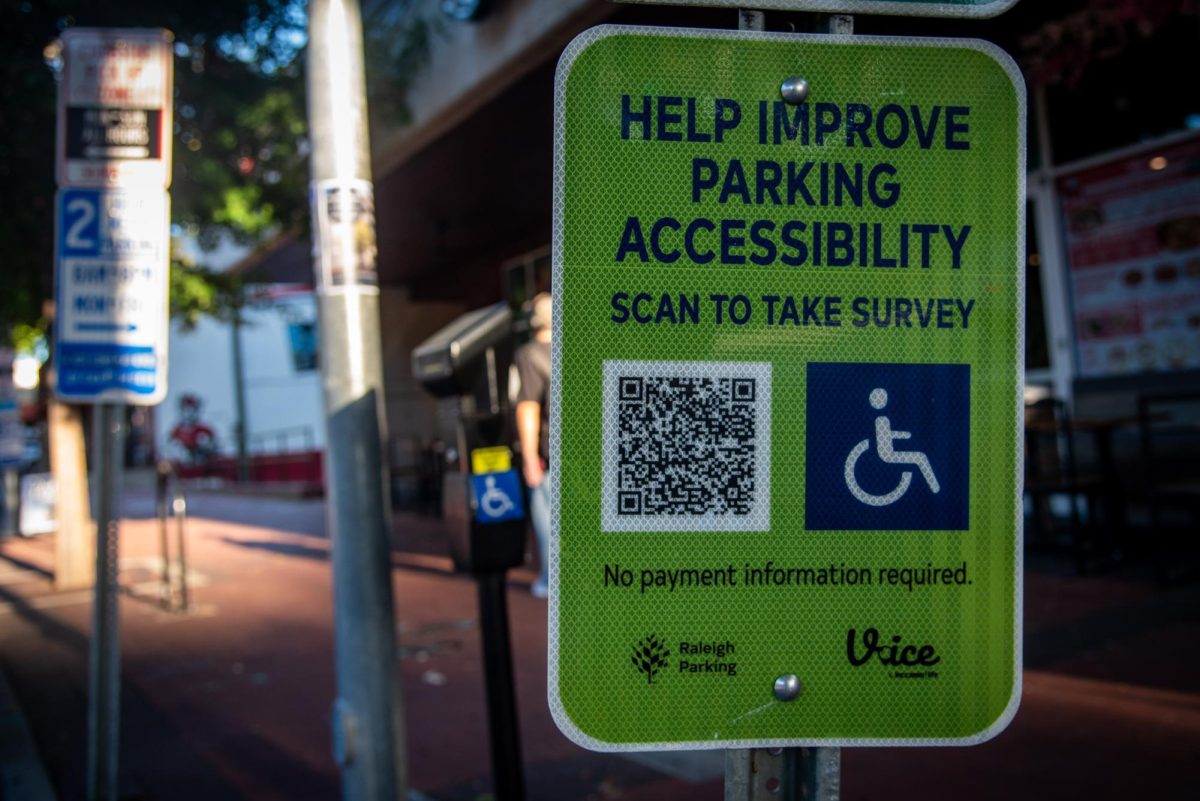Researchers have developed a data storage device capable of functioning well in wet environments. The device is made of biocompatible gels, liquid metal and other soft materials and has the potential to usher in a new generation of biocompatible electronics.
“What we’ve done is make a memory device completely out of soft material,” Michael Dickey, assistant professor of chemical and biomolecular engineering, said. Dickey is the co-author of the paper describing the research.
Because the device is made of water-based gels, such as hydrogel , which is similar to Jell-O in appearance and physical properties, the device is able to operate and thrive in wet environments.
“In the hydrogel , in many cases they are more than 90 percent water. In fact, some of them are 99 percent water. So you’re really talking about something that’s like a sponge, full of water, and for that reason, it’s highly biocompatible ,” Dickey said.
Unlike traditional electronics, the soft memory can operate while completely submerged in water.
“[The memory device] is survivable in environments that would traditionally be harsh for electronics,” said Dickey. “One time our students brought a prototype to a meeting, and they literally brought it in a bucket of water. You would never imagine putting your conventional hard drive in a bucket of water. That wasn’t really our motivation, per se, but it gets you thinking about potential applications for building electronics out of unconventional material.”
Because the device is soft and functions well in wet environments, it holds potential for the interfacing of biological and electrical systems.
“In many cases you want to interface an electrical circuit to live tissue,” Orlin Velev , INVISTA professor of chemical and biomolecular engineering, said. “Maybe you want to interface with neural tissue…this [device] should be able to bridge the connection between present day solid state devices and biological soft matter.”
According to Velev , the device is capable of performing an electronic function but operating on materials similar to the ones found in nature or in life.
“It was a breakthrough with regard to the materials we used,” Velev said. “The principle of the device can be used in making progress in biomedical areas.”
The device is a memristor , known as a short for memory resister. The memory is created by recording the state of resistance. By changing from a conductive state to a resistive state, the device can be represented by the 1s and 0s in binary.
“You can think about it in terms of 1s and 0s , where the 1 might be a conductive state, and the 0 might be a resistive state,” Dickey said.
While most electronics use electrons to create those 1s and 0s , this device uses ions.
“The device uses ions instead of electrons, more similar to the way the human body works,” Dickey said.
When the memory device’s electrode comes into contact with a positive charge, an oxidized skin is formed that makes the device resistive to electricity. When a negative charge is introduced, the oxidized skin disappears.
The new technology also has potential applications for another area of science known as soft robotics.
“We’re interested in taking the materials that we’re working with and exploit them in ways beyond memory,” Dickey said.
The paper describing the research was co-authored by PhD students Hyung-Jun Koo and Ju-Hee So. It was published online by Advanced Material July 4, 2011, under the title Towards All-Soft Matter Circuits: Prototypes of Quasi-Liquid Devices with Memristor Characteristics.




